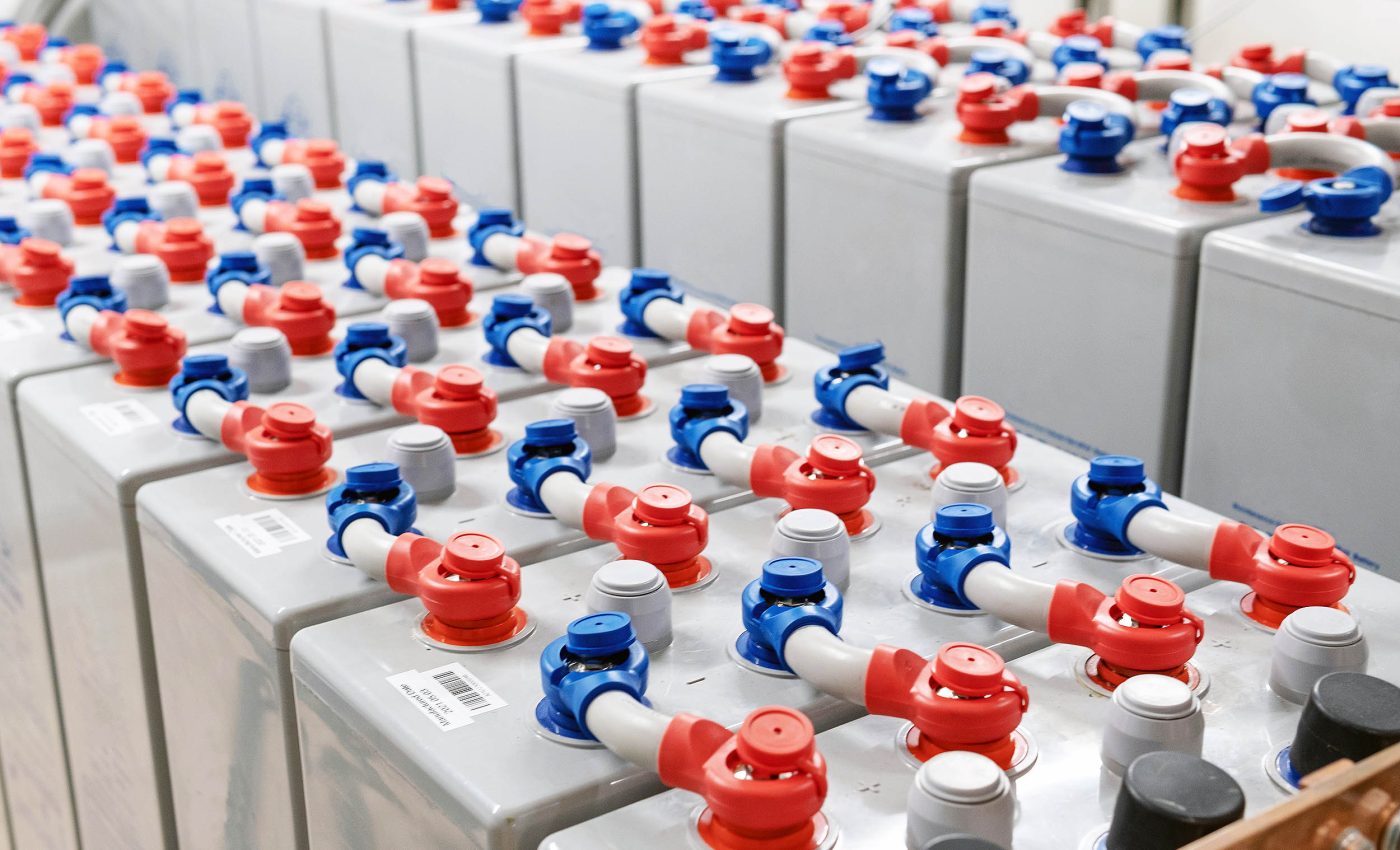
New type of battery can 'breathe in' harmful carbon dioxide
Nations worldwide are eager to find cleaner, eco-friendly ways to store electricity. Scientists have turned their attention to lithium-CO₂ batteries, a technology that draws in carbon dioxide and later produces energy when the CO₂ reacts with lithium.
Early findings suggest these devices might someday outdo established lithium-ion systems while cutting emissions.
New carbon battery stores energy
Leading the effort is Dr. Siddharth Gadkari, lecturer in chemical process engineering at the University of Surrey.
He and his colleagues discovered that caesium phosphomolybdate helps the battery run for longer with fewer expensive materials.
Traditional lithium-CO₂ cells often rely on platinum or ruthenium to reduce the energy wasted during charging. This team decided to try a more common catalyst to see if they could drop the cost while boosting efficiency.
Initial tests confirmed that the new combination retained energy over repeated use. The approach also seemed to recycle CO2 in a steady way.
Battery captures carbon dioxide
The thought of a battery that breathes in CO₂ is exciting because it might capture this harmful gas as it charges. That could transform industrial emissions into a resource instead of a waste product.
Some experts say this process could reduce overall carbon output if applied on a larger scale. Certain factories vent large amounts of CO2, which could be rerouted into energy storage.
One highlight is how caesium phosphomolybdate (CPM) appears to handle the by-products that form when the battery runs. Those by-products must be removed during recharge, or the system clogs up.
By keeping the reaction running smoothly, the device was able to maintain power without needing pricey metals. Lab data hinted that wear and tear stayed under control for an impressive number of cycles.
“There’s a growing need for energy storage solutions that support our push toward renewable power while also tackling the growing threat of climate change. Our work on lithium-CO₂ batteries is a potential game-changer in making that vision a reality,” explained Dr. Gadkari.
Low-energy production process
Unlike many battery materials that require high temperatures or complex setups, the caesium phosphomolybdate used in this study was made at room temperature. This low-energy process makes it easier and cheaper to scale up.

Using a solid-state method, the team created CPM by simply grinding together common chemicals. That means production could be expanded without the need for costly industrial infrastructure.
Carbon battery loses less energy
The team also tackled the tricky issue of overpotential. This is a barrier that often causes battery inefficiencies.
By flattening that barrier, they lowered the energy lost in each cycle. Less wasted energy can mean smaller power demands and longer-lasting performance.
Battery works without rare metals
“What’s exciting about this discovery is that it combines strong performance with simplicity. We’ve shown that it’s possible to build efficient lithium-CO₂ batteries using affordable, scalable materials – no rare metals required,” said Dr. Daniel Commandeur, Future Fellow at the University of Surrey.
Researchers tested the chemistry using both lab trials and computer models. Each step strengthened their confidence in the catalyst’s ability to handle repeated charging.
Those tests revealed that lithium carbonate formed and then broke down reliably inside the cell. Removing it prevented a buildup that often shortens a battery’s lifespan.
Potential uses for new carbon battery
Some believe vehicles powered by this technology could reduce tailpipe emissions if the battery also scrubs CO₂ from the air. Others see potential in industrial sites, where built-up gases could be fed into these cells for on-site electricity.
There’s also talk about adapting these ideas for future space missions. Mars has air with around 95% CO₂, so any power source that uses carbon dioxide might have a natural supply on this planet.
Independent engineers say the concept still has hurdles to overcome. Manufacturing costs and safety must be weighed carefully before large-scale rollout.
Other labs worldwide have tried to improve lithium-CO₂ batteries. Many face the same obstacles of high cost and short battery life.
Cleaner, longer-lasting batteries
Switching to less rare materials may be a turning point. Constant advances in catalyst design hint at a brighter future for CO₂-based energy storage.
Plenty of questions remain on how these cells will handle real-world conditions. Temperature swings, humidity levels, and continuous charging could all affect performance.
Advances in electrolyte formulations might also raise the efficiency. Each tweak could bring the battery closer to everyday use.
Large-scale tests will help reveal whether this technology can stand up to practical demands. If those tests succeed, bigger projects might follow.
Many hope that a single carbon battery system that solves energy storage and carbon capture issues will gain momentum. If successful, consumers might see smaller, cleaner carbon batteries in electronics and electric cars.
The study is published in Advanced Science.
—–
Like what you read? Subscribe to our newsletter for engaging articles, exclusive content, and the latest updates.
Check us out on EarthSnap, a free app brought to you by Eric Ralls and Earth.com.
—–













